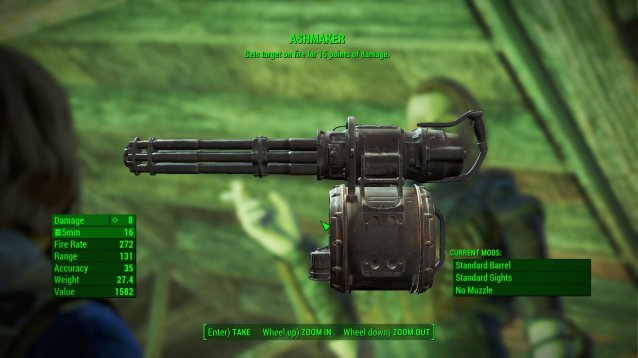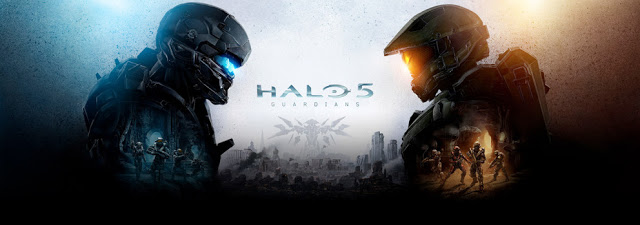

If you’re a fan of Omega Force’s Dynasty Warriors franchise, then it’s likely you’ve caught wind of their most recent game: Trinity: Souls of Zill O’ll. While the developer is well known for essentially releasing nothing but games of the hack o’ slash o’ variety, Trinity mixes things up by adding RPG elements to all of the hacking and slashing. Sadly, the twist in formula doesn’t play to the studio’s strengths and only succeeds in creating an incredibly poor man’s Dynasty Warriors with a cast of characters that are somehow less engaging.
First, the nice things we have to say about the game: graphically, the game isn’t so bad (assuming you haven’t been spoiled by big-budget releases) with its colorful environments and hand-painted look. The orchestral soundtrack is also surprisingly enjoyable.
(*Ahem*)
You take on the role of Areus – a sexually ambiguous half-elf who’s developed an extra angsty/cynical view of the world due to years of discrimination and public intolerance for his mixed blood. The story begins with some guy who has a side of raw beef stitched into his face murdering Areus’s dad, so you’re off on a quest for vengeance. Despite being a complete prick misanthrope, Areus gathers allies to aid him in his journeys and slowly comes to realize that he must open his heart to others in order to blah blah blah. Both the plot and characters are entirely cliché and the voice acting erratically shifts from mediocre to laughably awful. Anyone who has ever played a JRPG will immediately feel a little too familiar with this particular cast. Just look at your three heroes: Areus (the taciturn protagonist), Dagda (the giant warrior with a heart of gold) and Selene (the tits).
Like most RPGs, Trinity’s story progression is based entirely around exploration; however, this is the first point in good RPG design that the game misses like a total champ. You see, while the world is filled with towns and cities, you can’t physically walk around in any of them. Instead, if you want to go shopping or solicit passerby for pointless fetch quests (which this game has enough to drown you in), you’ll need to navigate a series of dirt-brown menus. Add to that, the game is fond of recycling its small collection of pallid villager portraits for every character interaction you engage in. To say this makes the game world seem bland and lifeless is a bit of an understatement. There’s more escapism to be found in reading a f#@$ing newspaper.
Trinity’s combat utilizes some pretty interesting concepts. For one, all the battles take place in real time with no pauses in the action. Every ability is mapped to a single button press and you can transfer control between Areaus, Dagda and Selene anytime mid-fight. Areus is your middle-of-the-road fighter being proficient in both magic and swordification, Dagda is pure brute force and Selene is useless the ranged fighter. Each fighter brings certain strengths to a fight, so you’ll need to figure out which ones are best suited against which enemies. Likewise, aside from gaining EXP, killing enemies will allot you Skill Points that can be spent to upgrade character abilities and attacks. Finally, the niftiest aspect of the combat system would have to be the Trinity Attack. During a fight, simply attacking your opponents builds up a tension meter of sorts that, once filled, enables your team to pull off a devastating three-way attack. Even better, if you use this to finish off a boss creature, you’re rewarded with a cinematic finishing move and bonus Skill Points.
Reading that last paragraph, you’re probably thinking that the combat would be a point in the game’s favor; sadly, you would be completely wrong. There are a bunch of great ideas, but the game never exercises them properly. Despite the decent arsenal of attacks you get, every confrontation turns into a button-mashing session. There’s absolutely no combo system to speak of, so just pound away on that controller until everything dies, which is likely going to take you quite a while because every enemy in this game has a moronic amount of health. Boss monsters add to the tedium even more so. Aside from having 50x more health than they should, the game employs a system where certain enemies are weak to particular elements, and if you manage to hit them at a very specific time it is possible to knock them into a Break State where their health and defense is greatly reduced. An interesting concept (again), except this means that you’ll just be spamming the same damn move over and over and over again until it finally connects at the right time.
The “quests” that the game throws at you act as nothing more than padding to increase the overall playtime by 20 meaningless hours and they have zero bearing on the plotline. Missions are mainly composed of “go here and kill x number of monsters.” Trinity tries to alter the pacing every now and then by splitting up your party, but these make for the worst freaking moments in the game. Putting it in layman’s terms, you will lose both of your supporting characters, which severely weakens you, but none of the enemies get any easier to fight. It’s like being tied to a chair, having a dirty sock shoved in your mouth and then being told to clear out an entire dungeon of pissed off goblins with your feet.
Trinity can run anywhere between 25 to 30 hours, but with so many good titles coming out in just a few months, this game isn’t worth 30 hours of your time. It’s not worth one hour of your time. We couldn’t even recommend this game to the most enthusiastic of JRPG fans. The story is a joke, the combat is uninspired, the quests are utterly banal and the characters are about as likeable as deep sea anglerfishes.
Mar 4, 2011




 Halo 5: all Skull and Intel locations guide
Halo 5: all Skull and Intel locations guide Halo: Combat Evolved Anniversary Walkthrough
Halo: Combat Evolved Anniversary Walkthrough How Runewords and Glyphwords work in The Witcher 3: Hearts of Stone
How Runewords and Glyphwords work in The Witcher 3: Hearts of Stone Easiest Way To Unlock Battlefield Hardline MAC-10 Machine Pistol
Easiest Way To Unlock Battlefield Hardline MAC-10 Machine Pistol 5 Apps With Realtime Notifications About Almost Anything
5 Apps With Realtime Notifications About Almost Anything